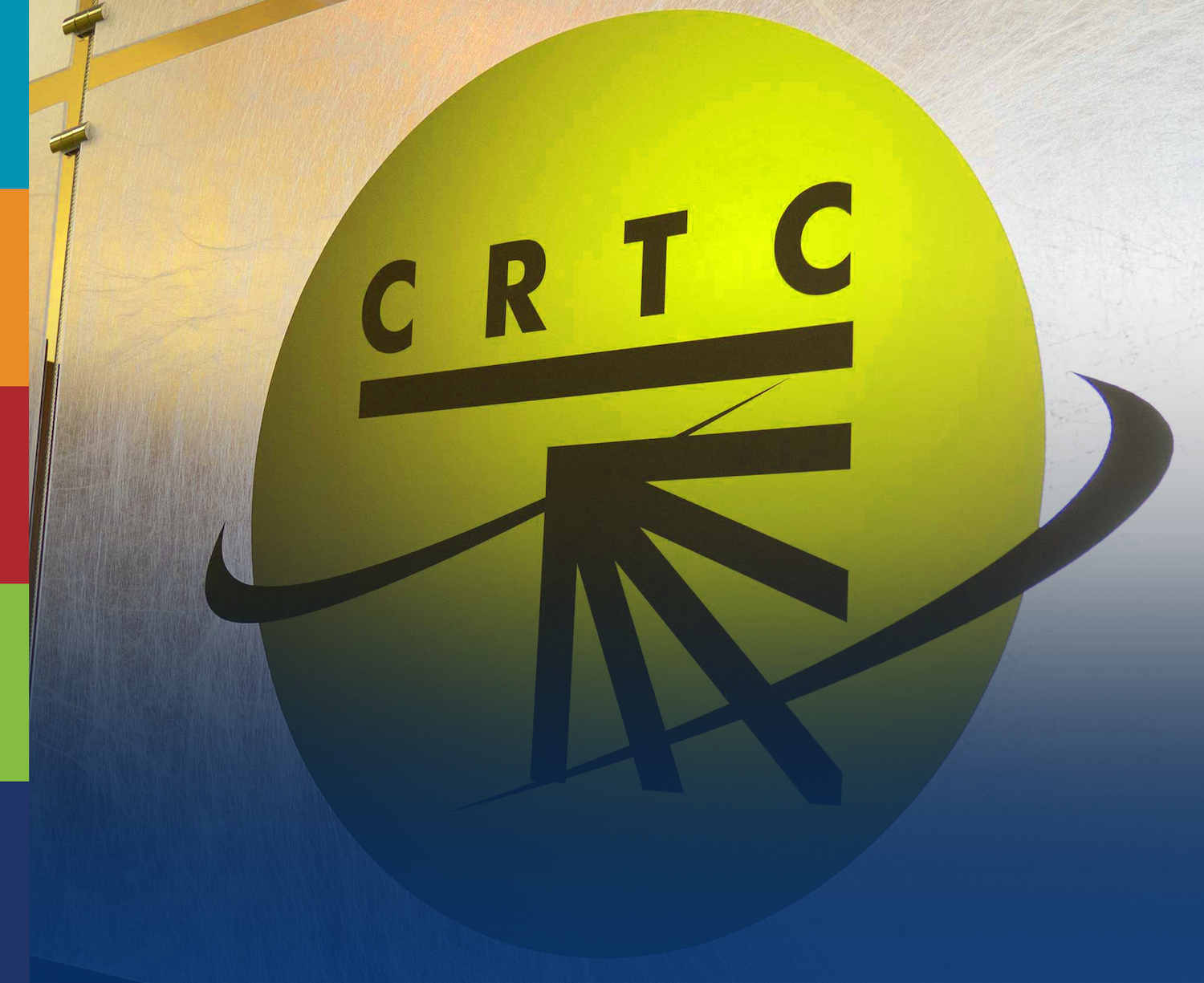Despite Canada’s decision earlier this year to delay the deadlines for the transition to NG9-1-1 for Canadian public safety answering points (PSAPs), the Canadian Radio-television and Telecommunications Commission (CRTC) still wants PSAPs to start the migration process early. Vice President of Business Development Nancy MacDonald explains why PSAPs are best served starting sooner rather than later.
New Deadlines Move Full Compliance to 2025In July, the CRTC announced that the deadlines for Canada’s PSAPs to move to NG9-1-1 voice and text systems were getting pushed out. The deadline for telecom service providers to send all 9-1-1 calls to one of the three Emergency Services IP Networks (ESInets) and the Next-Generation Core Services (NGCS) networks was moved to March 1, 2022. Following that, those PSAPs who have NG9-1-1-capable systems will be able to participate in the onboarding. If they aren’t there just yet, they can at that point schedule their onboarding with the carrier and their call-handling vendor. The soft launch of real-time text (RTT) services is to start May 29, 2024, and the deadline for PSAPs to be migrated to full NG9-1-1 is March 4, 2025.
With the deadlines pushed out, PSAPs have three years to transition to NG9-1-1. But they should start laying the groundwork immediately.
Transition Can Be Complex
The NG9-1-1 technologies that enable next-generation voice and text capabilities offer PSAPs the opportunity to improve public safety in their jurisdictions. While three years sounds like a long time, there are many steps on the road to NG9-1-1. Design and installation can take up to a year. And after systems are installed, call takers have to know how to use all the new tools at their fingertips.
Purchasing new hardware and software and training staff on the new systems while the next-generation network launches and new core services start being offered could be challenging. PSAPs concerned about all of it being new should consider a phased approach. By purchasing an NG9-1-1 call handling solution that is capable of running in legacy mode in advance of onboarding to the ESInet and NGCS, PSAPs can ensure a smoother transition to full NG9-1-1 capabilities.
Benefits of a Phased Approach
Purchasing early allows PSAPs to get the heavy lifting done before onboarding to the service provider’s next-generation network and core service. The new systems can be integrated well in advance into an existing environment, making the transition easier and less costly in time, energy, and dollars. Call takers can familiarize themselves with telephony softphone and administrative features. That way, if there are any network glitches, PSAPs will have trained staff that is familiar with the new call handling system. Most importantly, efficient workflows and the same level of service can be maintained throughout the transition to full NG9-1-1.
Pandemic Window Won’t Last Forever
While it may seem that the CRTC’s new deadlines are far off and don’t need to be taken care of today, the window of time won’t last forever. The transition needs to happen: PSAPs can take control of the process by deciding how to approach it. Whether PSAPs choose a phased approach or want to transition straight to the ESInet, the best time to start the process is today.
Solacom is ready to help PSAPs through either approach, with initial design, procurement, deployment, and ongoing support customized to each PSAP’s unique needs. Our multimedia emergency call management solutions include next-generation voice, text-to-911 and text-from-911 capabilities with Guardian Text, and the ability to pinpoint caller location with Guardian Map.
All of Solacom’s emergency call management solutions leverage the latest voice, data, and video communications protocols and technologies, and conform to regulatory standards. Since Solacom solutions interface with both legacy and next-generation systems, PSAPs can invest in the call handling system they need today, have it deployed, and get call takers familiar with how it works before the deadlines hit. The system call takers are trained on today will be the same when ESInets and NGCS networks come online. When they do, a simple reconfiguration will enable a quick integration with service provider networks, with no change to PSAP operations.
Most importantly, all Solacom solutions are backed by an experienced post-sales field support team that has successfully deployed emergency call management solutions worldwide — from standard two-position PSAPs to complex, regional and national NG9-1-1 public safety networks. With a structured implementation strategy built on Solacom’s multimedia call handling and management solutions, PSAPs can make the transition ahead of deadlines and take their time smoothing out any wrinkles.


